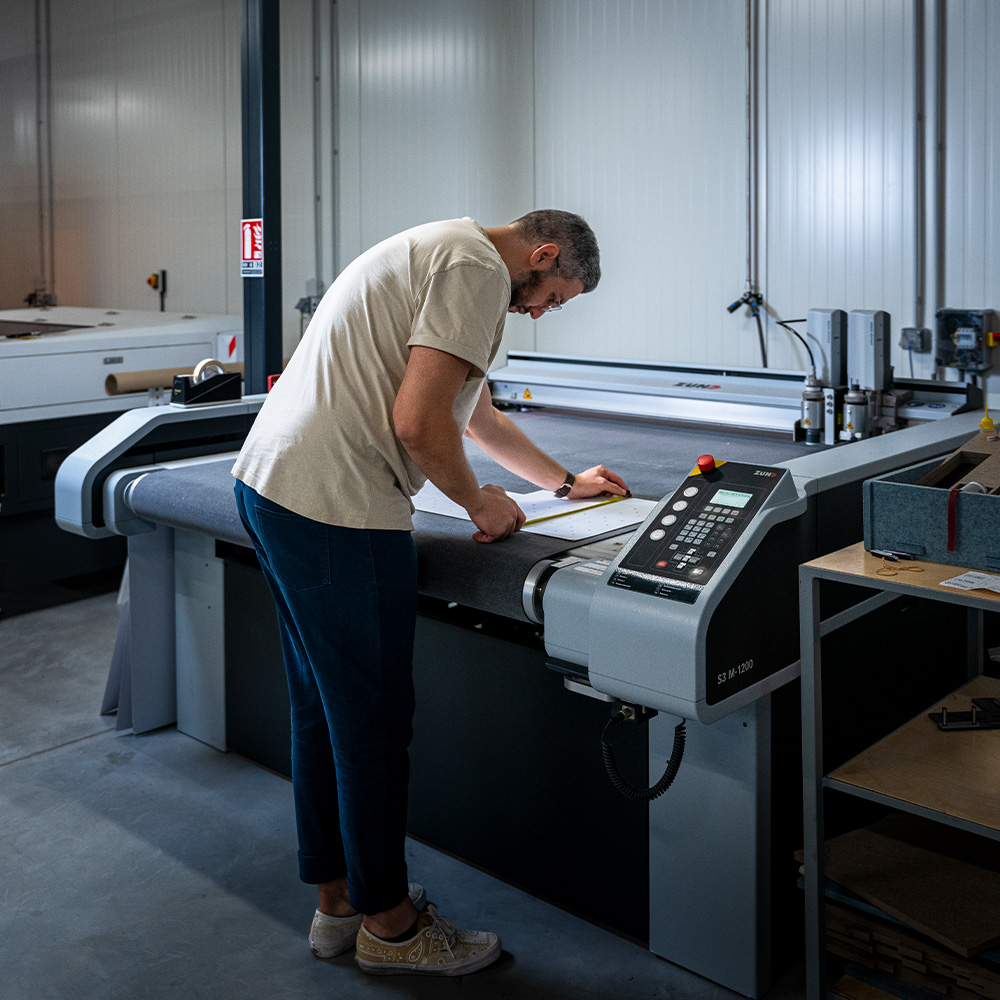R&D
RESEARCH & DEVELOPMENT

The research and development office is the central pillar of innovation within the group. Based on identified needs, the design teams engage in research and design. This can involve laboratory experiments, computer simulations, prototyping, and extensive testing.
DEVELOPMENT FOCUS
Present at each production site, this department plays the crucial role of interface between the client, the sales team, and our facilities. In close collaboration with production, procurement, and project managers, it supports the development process from initial design to commercialization, while maintaining a commitment to continuous improvement and technical excellence.
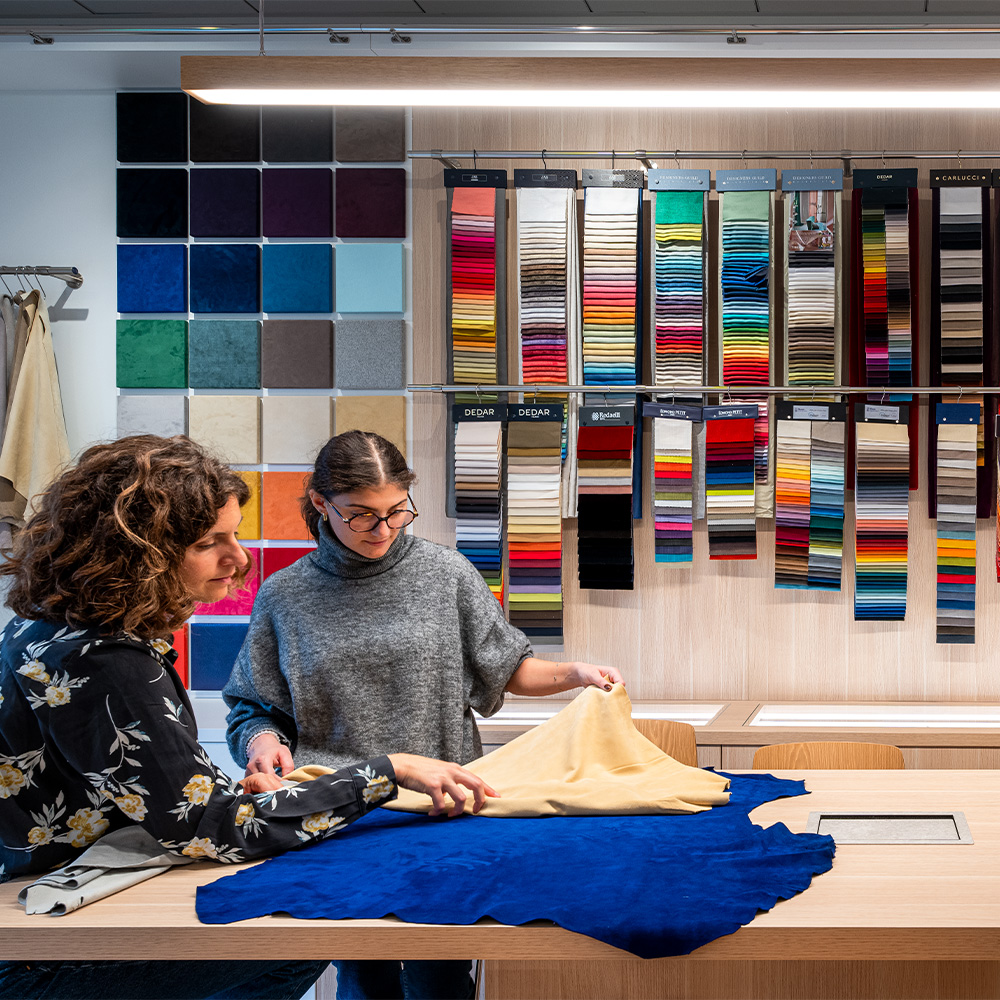
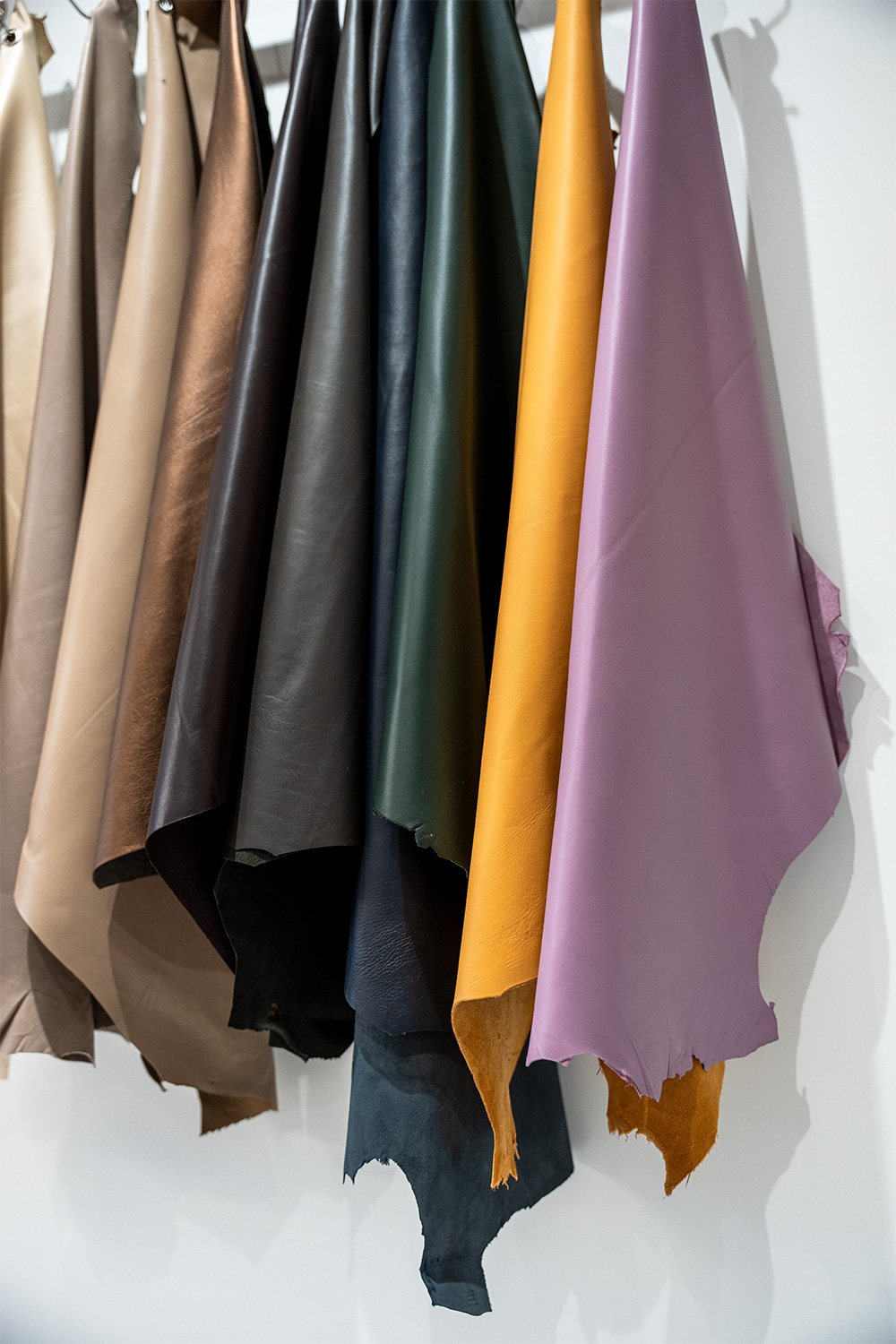
DESIGNERS
PROTOTYPERS
3D PRINTERS
Eco-conception
MATERIALS AND SOLUTIONS CATALOG
For us, eco-design means continuously developing actions or programs to improve our practices.
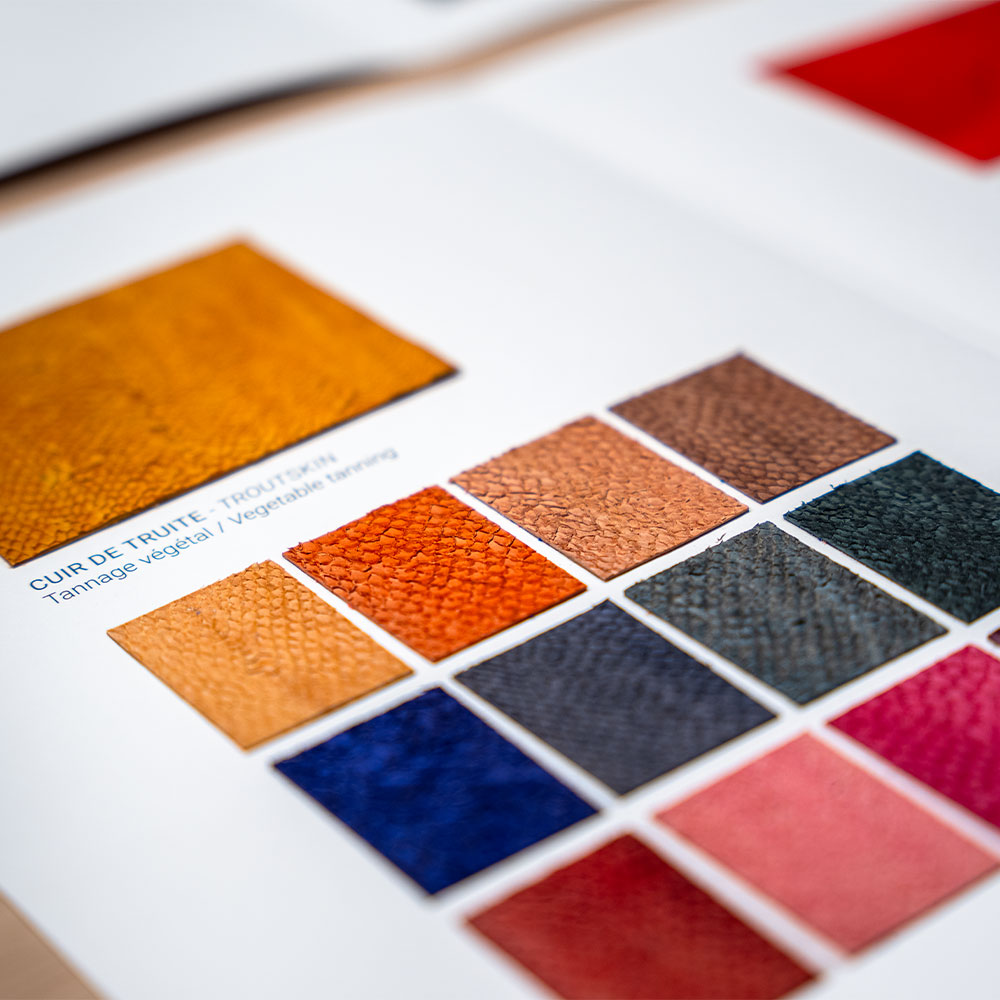
For several years, our eco-design approach has been part of the DNA of Gainerie 91, guiding the development of new projects. By integrating environmental considerations from the design phase, we carefully examine each stage of our products' life cycle, thus optimizing their environmental impact by proposing alternative scenarios.
CONSCIOUS OF THE IMPACT OF OUR ECOLOGICAL FOOTPRINT, WE ARE COMMITTED TO REDUCING IT AND TO ANTICIPATING FUTURE REGULATIONS.
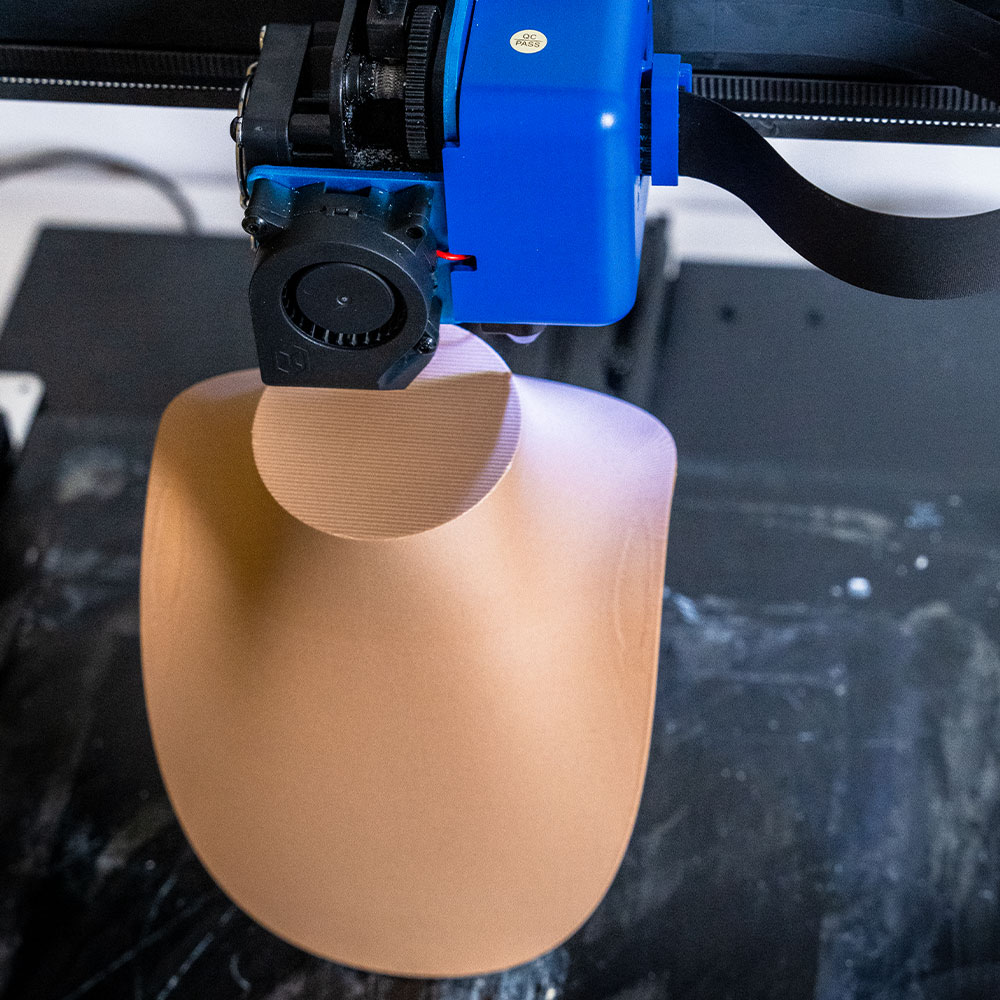
Responsible Initiatives
To meet the growing sustainability demands of our customers, we are implementing three key initiatives:

Innovate responsibly
We are constantly looking for innovative ways to balance practicality, performance, elegance, and sustainability, collaborating with various partners to create environmentally friendly products. Our teams are committed to designing products that are lighter, more durable, and easier to recycle by favoring single-material options and less impactful industrial processes. We also try to encourage our clients to use transportation methods that emit less than air transport.

Measure impacts to act more effectively
We use life cycle analysis (LCA) tools with the globally recognized EcoInvent database to assess the environmental impact of our products, thereby identifying critical points and implementing improvement actions. In collaboration with Coopérative Mu, we recently assessed the impact of certain representative products and took steps to reduce our footprint.

Make the right choice of materials
We are convinced that every material has a viable alternative. Thanks to our material library and our internal sourcing network, we offer a range of low carbon impact materials that are certified recycled, recyclable, bio-based, or biodegradable, ensuring traceability and transparency of information provided by our partners. We have established certified and labeled supply chains and processes, such as FSC® for wood derivatives and GRS® for recycled materials.
Technique
From design to implementation
Our designers work to develop products whose parameters have been defined in advance by either customers, our creative office or an outside agency. Our aim is to design products that are both aesthetically appealing and functional, meeting the specific requirements of their use. The examination of the specifications allows us to define the technical constraints and manufacturing processes. Thereafter we turn the original idea into reality, using computer-aided design (CAD) software to validate in advance the technical aspects of the concept. Working closely with the production teams, the designer also guides the choice of materials according to specific product tests and requirements, while integrating eco-design principles to reduce the product's environmental impact. His crucial role is to make the initial creative concept technically achievable, by modeling it into simple, practical solutions. After validating prototypes produced in-house, we draw up production plans using our own machinery and craftsmen. In this way, we ensure that our products are functional, durable and producible on a large scale.
